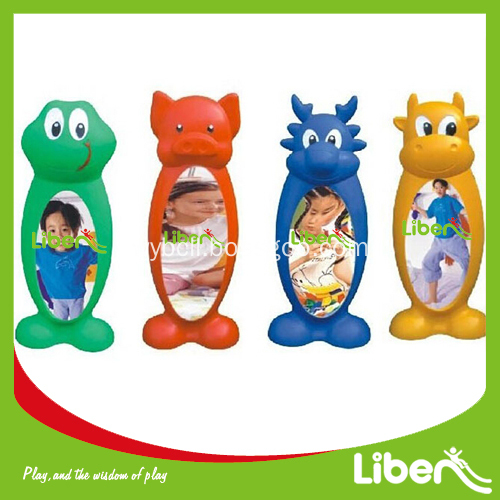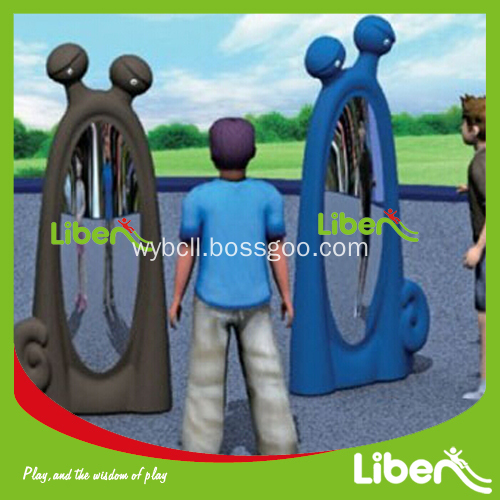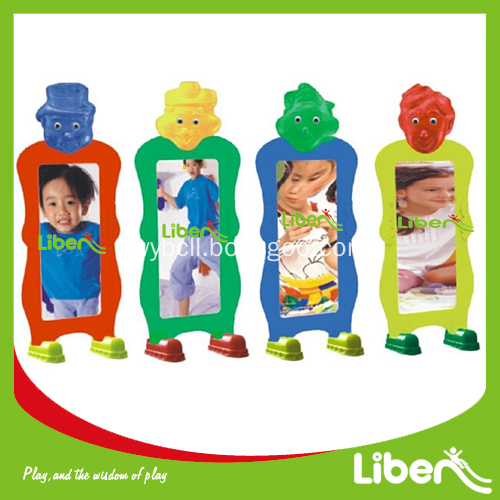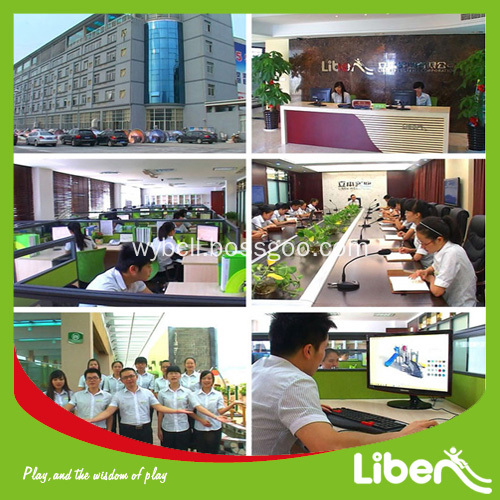Section quality inspection and methods
This standard applies to permanent slide specimens used in teaching
1 Material collection and processing
1.1 According to the organization structure selection standard, typical biological material and the correct location of the product to be displayed.
1.2 The materials should be fresh and timely, and there should be no autolysis, pathological changes and shrinkage.
1.3 The general plant tissues should not be too young to maintain clear cell boundaries, normal morphology, and bright staining. Those with specific observation requirements are not limited to this.
1.4 The section thickness is generally based on the phenomenon that the cells do not overlap, and those with specific observation requirements are not limited to this. The thickness of the continuous sliced ​​specimens should be consistent and kept continuous without shortage. Slices should generally be free of knife marks, cracks, damages, and wrinkles, and the film should be flat.
1.5 Smears, tabletting, and separation specimens should be coated evenly and cells should be dispersed. The number of separation specimens should not be too small.
1.6 The thickness of tooth, bone and other abrasive specimens should be moderate, generally not exceeding 50um.
1.7 The specimen should be intact, normal, with obvious features, proper pigment, no air in the body, and the edges should be cut neatly and evenly. Special requirements are stipulated separately in product standards.
1.8 Except that the specimen itself can meet the observation requirements, the specimen needs to be dyed, and the tissue structure, location, and organ to be displayed should be clearly colored, clear, uniform, and coordinated. The entire stained specimen must not have deep and light inside. There should be no sediment and residual marks on the specimen.
1.9 Generally, dyes and dyeing methods that are durable and do not fade should be selected. In order to achieve a specific observation effect, this limit is not applicable.
2 Cover of the specimen
2.1 The coverslips should be filled with capping agent, and should not overflow, and there should be no bubbles or foreign objects around the specimen.
2.2 Specimens should be covered in the center of the slide. Continuous sections and large area specimens can be covered on the side of the slide.
2.3 When placing two specimens in the longitudinal and transverse sections on the same glass slide, pay attention to the appropriate size ratio and the consistent thickness of the cut surface.
2.4 Specimens can be divided into back, abdomen, front, back, top and bottom, generally with back, front and top facing cover glass encapsulation. When observing a specimen with a specific orientation, its requirements are stated separately in the product standard.
2.5 Specimens should be sealed in a suitable position under the coverslip, and the coverslip should be parallel to the slide. The cover requirements for extra-thick specimens are explained separately in the product standards
2.6 The capping agent after capping must be dry to prevent the specimen from moving.
2.7 The cover slips of thicker specimens can be left with uniform and dry capping agent around, and the width should not be greater than 1.5mm
2.8 The coverslips of specimens treated with water-soluble transparent agent (glycerin, etc.) should be sealed around, the sealing ring should be uniform and tidy, and the thickness should be greater than the thickness of the coverslip. When double-layer coverslips are used for capping, the capping agent must not enter the clearing agent, that is, no turbidity should appear under the inner coverslip.
2.9 A colorless (or light yellow), transparent and neutral capping agent should be used
2.10 The material of the slide glass and cover glass should be transparent silicate glass. The slide glass should not be cut by using flat glass for windows.
2.11 The size of the slide glass is 76x26 ± 0.5mm, the thickness is not more than 1.5mm, and the thickness of the cover glass is 0.17 ± 0.02mm. It can be selected as square, rectangular or round according to the needs.
2.12 Both slides and coverslips should have complete corners and no defects such as spots, lines, scratches, mildew, etc.
3 Other requirements
3.1 The product should also meet the relevant regulations in JY26-79 "General Quality Requirements for Teaching Instrument Products (Trial)".
3.2 Biological slide specimens are divided into first grade and second grade. Products that meet all relevant general standards and product standards are first-class products; products have certain defects, but those that can still achieve the lowest display effect in product standards are second-class products. The specific requirements for secondary products are specified in the product standards.
3.3 The inspection rules shall be conducted in accordance with JY27-79 "Inspection Rules for Teaching Instrument Products (Trial)".
3.4 Marks, instructions, packaging, transportation and storage shall comply with the provisions of Chapter 6 of JY26-79
3.5 The product label is affixed to the right side of the specimen (the specimen with directionality should be the positive direction when the specimen under the microscope is positive). If there is no animal or plant name in the product name, it should be enclosed.
3.6 The serial number of the slide specimen box should be marked, and a blank table of contents should be attached to the lid. The manufacturer's logo should be on the outside of the lid.
3.7 The slide specimen should be stored in the slide specimen box, and keep the slide glass level with the cover glass upward. Under no circumstances should the products be scattered or stacked.
3.8 Periodic sampling should be conducted during product storage, no mold mist should occur, the storage environment temperature should not be higher than 40 degrees Celsius, and the relative humidity should not be greater than 50%.
3.9 The receiving unit should keep the slide specimens in the original packaging at the time of shipment from the manufacturer for a long time
|
Measurements (mm) |
1620*600 (L*W*H) |
|
Material |
smooth PVC,good sponge(Different material is available at your demand) |
|
Feature |
a. safe
b. durable d. Simple and easy assembly |
|
Advantage |
a. Advanced techniques and high-tech equipments
b. A full set of quality control system and comprehensive management mechanism d. Self-owned brand and independent manufacturer (we can design new picture as your area plan, theme, colors, and other requirement) |
|
Age Range |
6-12age |
|
Apply to |
Communities, amusement park, kindergarten, prechool, residential area, supermarket, garden. |
|
Packing |
Standard export packing |
|
Certificate |
EN1176, EN71, CCC,CE,14000,28000,GS,SGS |
|
Warranty Period |
2 years |




Distorting Mirror, Funny Mirror, Distorted Mirror, Crazy Mirrors
Liben Group Corporation , https://www.indoortrampoline.de